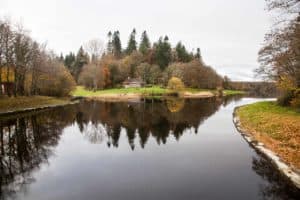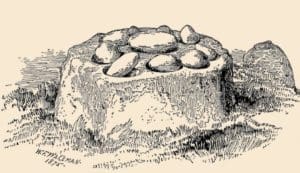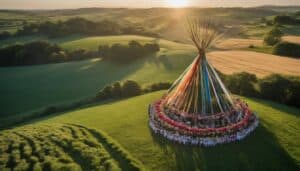Exploring the Influence of Irish Folklore on Modern Film: Reimagining Different Myths

Updated On: April 23, 2024 by Fatma Mohamed
Irish folklore, with its rich tapestry of mythical tales and legendary figures, has long offered a wellspring of inspiration for storytellers. In contemporary cinema, filmmakers are continually finding innovative ways to weave these ancient narratives into modern storylines, reimagining the myths that have shaped Irish cultural identity for centuries. This reinterpretation not only preserves the folklore for future generations but also examines its relevance in today’s society. As we explore how these timeless stories are reshaped on the silver screen, we see a reflection of contemporary Ireland’s evolving identity and the enduring power of its myths.
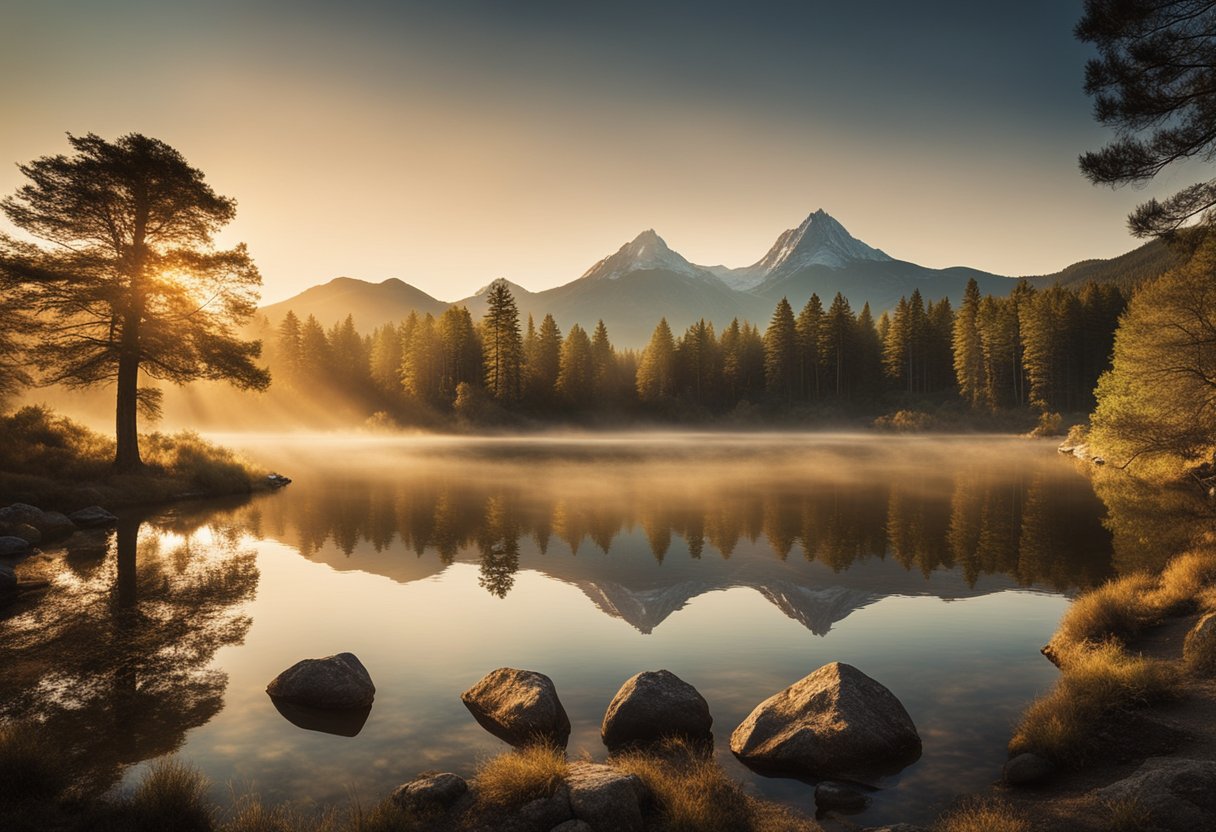
The cinematic interpretations of Irish mythology serve as a conduit between the past and present, melding the fantastical elements of the Otherworld with current themes. These films often highlight the interplay of folklore and religion, the transformation of tradition in the modern age, and the role of folklore in Irish resistance and autonomy. Through the lens of cinema, legendary figures take on new life, and the stories become a part of a collective consciousness that stretches beyond their origins. As we appreciate these films, we also come to understand the institutional role in preserving folklore and the expansive reach of Irish storytelling throughout the world.
Table of Contents
The Foundations of Irish Folklore

Irish folklore forms a tapestry woven from the historical and cultural threads of Ireland’s past, capturing the essence of the nation’s beliefs and traditions. It’s an oral tradition entrenched in the daily life and imagination of the Irish people.
Historical and Cultural Origins
Our lore has roots in Celtic and Christian traditions, with stories that have been handed down through generations. These narratives often blend the mystical with historical events, implying that the past is not just a series of dates but a living, breathing aspect of our culture. Such tales often feature in the Irish centre’s cultural programs, demonstrating their pivotal role in shaping Irish identity.
Key Themes in Folk Narratives
Our folklore encapsulates several central themes which include the struggle between good and evil, the importance of cunning over strength, and the power of fate and destiny. Respect for the natural world and belief in the supernatural are also common; tales of fairies, leprechauns, and banshees are not just stories but part of our cultural psyche. These themes are still celebrated and reimagined in Irish cinema, allowing for a perennial connection with our ancestry and the land.
Irish Mythology in Modern Storytelling

Irish mythology has transcended time, influencing contemporary cinema and literature with its rich tapestry of themes. Its narratives have found new life and relevance in modern storytelling, becoming deeply ingrained in our collective artistic consciousness.
Influence on Irish Literature
Irish writers have long been inspired by the nation’s mythic past, weaving ancient lore into narratives that resonate with today’s readers. The retelling of legendary tales through modern literary works not only pays homage to a storied tradition but also reinvents them for a new audience. Irish mythology has become a vital source for contemporary writers as they explore timeless human experiences through the lens of fables from a bygone era.
Examples of literary figures influenced by Irish myths:
These names represent just a slice of a larger cohort who are keeping the legacy alive through their works, ensuring that the stories and legends at the heart of Irish culture continue to kindle the imagination of readers around the world.
Depictions in Film and Art
Film has become a significant medium for the dissemination of Irish myths. The visual storytelling afforded by cinema can bring to life the fantastical elements of these ancient stories, offering both entertainment and a reflection of cultural identity. Art, too, serves as a canvas for the myths, with many contemporary artists drawing upon these narratives to create works that are visually striking and thematically deep.
Notable examples include:
- The Secret of Kells
- Song of the Sea
Both films leverage the enchanting aspects of Irish folklore to craft stories that captivate the hearts of an international audience. They also showcase the artistry and creativity inherent in Irish storytelling traditions, proving that these age-old tales have an enduring power and appeal.
By tapping into the rich vein of Irish mythology, modern literature, film, and art not only preserve these ancient narratives but also reimagine them, allowing them to evolve and continue inspiring us in new and unexpected ways.
Cinematic Interpretations of Mythology
Irish folklore has long been a wellspring of thematic material for filmmakers. Our section delves into how Irish myths are reimagined on the silver screen, highlighting particular transformations of lore to film and the portrayal of mythical beings.
From Myth to Screen
Cinematic adaptations of mythology necessitate a harmonious blend of narrative faithfulness and creative re-envisioning. When tales of selkies—seal-like creatures who transform into humans—transition from page to screen, the focus often shifts to encapsulate broader themes such as identity and freedom. Films like Ondine and Song of the Sea showcase the challenges of aligning ancient narratives with contemporary sensibilities. In the case of leprechauns, which have danced from Irish fables into cinema, their portrayal often oscillates between the mischievous tricksters of lore and the caricatured symbols of Irish culture.
Representation of Mythical Creatures
Our interpretation of mythical creatures in Irish cinema reveals a spectrum of representation, from authentic to stylised. The haunting wail of the banshee, for instance, is often employed to evoke a sense of foreboding and connect the audience with primal Irish myths. However, these creatures are not merely relics; they embody universal human emotions and situations, lending modern-day relevance to age-old folklore. Through the artistic lens of film directors, mythical creatures serve not only to entertain but also to preserve our cultural heritage within the dynamic medium of cinema.
Irish Folklore and National Identity
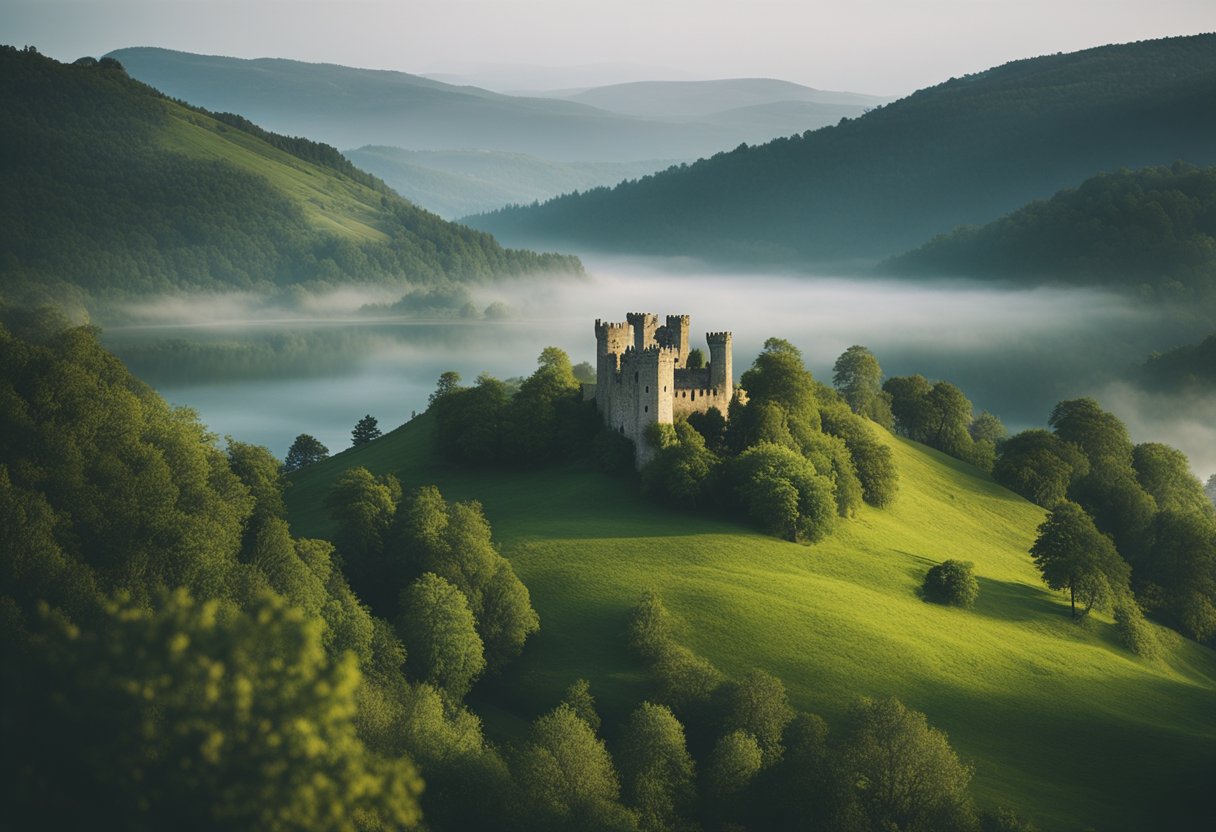
In exploring the vibrant tapestry that is Irish folklore, we encounter a mirror reflecting the nation’s identity.
Folklore as a Reflection of Irishness
Irish folklore is a fundamental strand in the weave of our Irish identity, serving as both a vessel for cultural expression and a beacon of national pride. Embedded within the stories of fairies, leprechauns, and epic heroes lie the values, ethics, and communal sensibilities that have shaped Irish culture for generations.
Our customs, from the simplest daily superstition to the grandest of festival celebrations, are steeped in folklore that transcends mere myth; they encode a way of understanding the world that is distinctly Irish. The enduring relevance of folklore in Irish cinema is not just a matter of retaining our past but a vital practice in asserting and evolving what it means to be Irish in the contemporary world.
Through modern retellings and interpretations on screen, these ancient narratives offer us a continuous dialogue between our storied past and our lived present. They are not static relics but living elements that contribute to the national discourse, articulating and reinforcing Irish culture and customs in a manner that resonates with audiences both within and beyond our borders.
The Interplay of Folklore and Religion
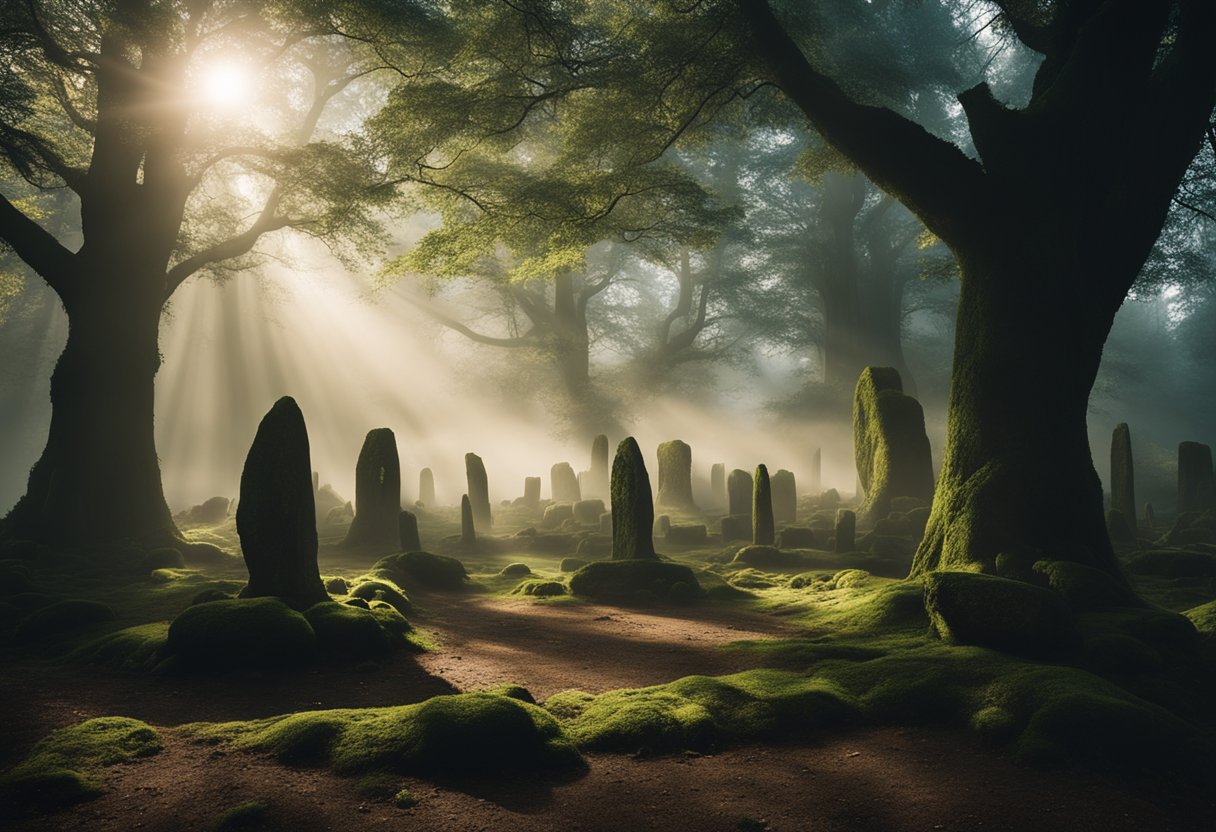
In this section, we explore the nuanced relationship between Irish folklore and Christianity, focusing on how the former has been influenced and transformed throughout centuries of religious integration.
Christian Influence on Folk Beliefs
Irish mythology and Christianity have been in a symbiotic relationship, particularly since the arrival of Christianity in Ireland in the 4th and 5th centuries AD. The Christian faith, predominantly Catholicism, did not erase the indigenous mythology of Ireland; rather, it wove itself into the fabric of these ancient narratives, effectively transforming them.
The transformation of Irish folklore under Christian influence saw the integration of mythological figures into Christian narratives. Saints often took on the characteristics of earlier deities, with their stories absorbing elements of myth. For example, St. Brigid is believed to have originated as a Celtic goddess before being recast into a Catholic saint.
This melding of belief systems did not happen without intention; it was a strategic move by the Church to make the transition to Christianity more palatable for native populations. Ancient festivals were repurposed with Christian significance, such as Samhain being transformed into All Saints’ Day, reflecting the Church’s ability to adapt and incorporate pre-Christian customs and beliefs into its religious calendar.
Folk tales once used to explain natural phenomena or social customs were recontextualized within a Christian worldview, adding a layer of moral instruction in line with religious teachings. This is evident in tales where otherworldly creatures are portrayed as moral examples or warnings, including the consequences of straying from a virtuous path.
The interplay between religion and Irish folklore is a compelling dance of survival and preservation. By exploring how Christianity influenced and reshaped the traditional beliefs and practices of Ireland, our understanding of both the past and present becomes richer and more complex.
Transformation of Tradition in the Modern Age
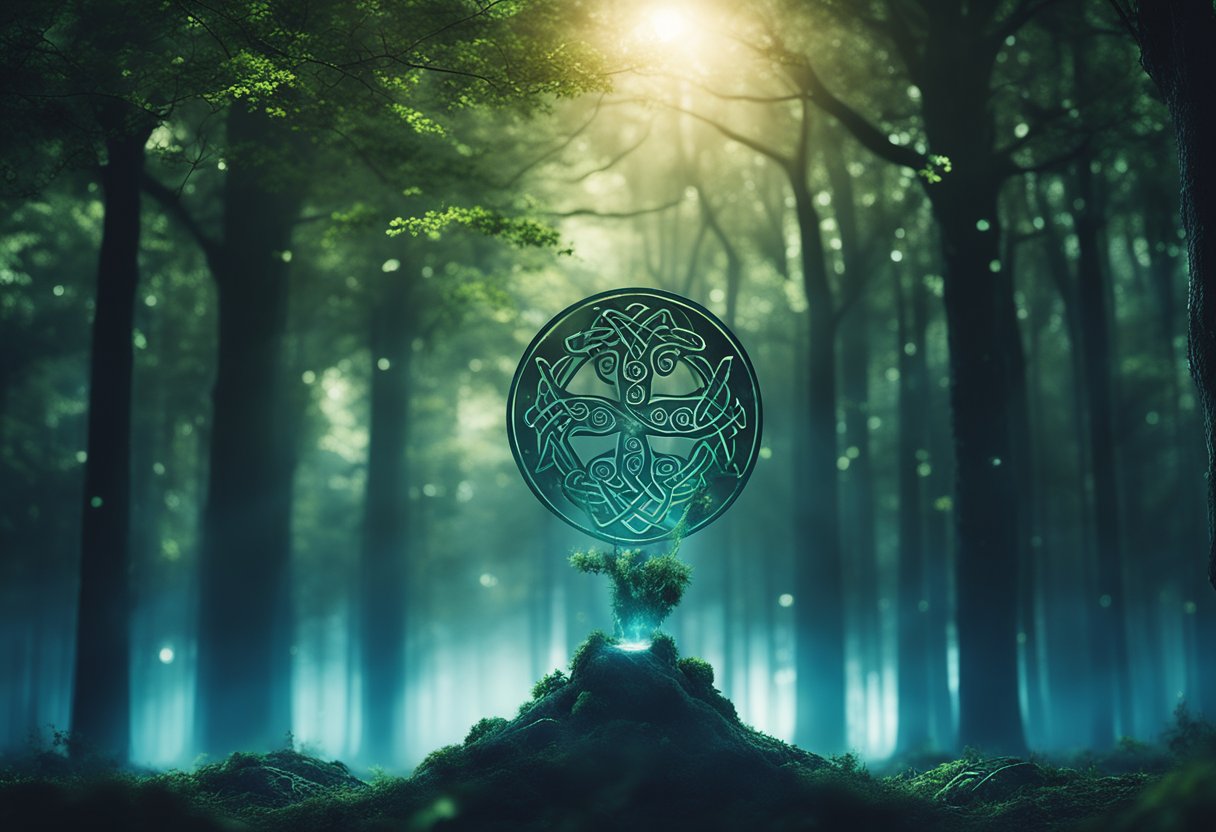
As Irish folklore undergoes a cinematic renaissance, we see a striking interplay between time-honoured narratives and contemporary interpretations.
Cultural Shifts and Modern Irish Society
In the realm of contemporary Ireland, we’re witnessing a substantial cultural shift. Modernity meshes with tradition, forging a new identity within the arts. Films now reflect this transition, incorporating mythic elements into modern settings, which reveals how deeply ingrained these stories remain in our collective consciousness.
Irish folklore, once the bedrock of local communities, now finds fresh life in the bright glow of the silver screen. The haunting tales of the past are reimagined for today’s Irish society, suggesting that our connection to these stories isn’t just lingering; it’s evolving. This transformation showcases the resilience and adaptability of our traditional lore as it migrates from fireside tales to cinematic narratives.
Cinema has become a mirror in which we see the old myths dressed in new robes, walking among us, resonating with a modern audience. The undeniable charm of ancient mystique combined with familiar contemporary contexts creates a compelling blend, striking a chord with viewers both at home and abroad. This is a testament to the permanence of our cultural heritage, which persists even as the world around us changes.
Institutional Role in Folklore

Institutions play a crucial role in the education and preservation of folklore, ensuring that the stories and traditions are kept alive for future generations.
Education and Preservation
We recognise the importance of blending education with cultural preservation. By integrating folklore into academic curricula, institutions instil a deeper understanding and appreciation of Irish heritage amongst students. This is not just about archiving tales or recording oral histories; it’s about actively engaging with these stories, analysing their contexts, and understanding their relevance in today’s society.
The Irish Centre for Folklore Studies serves as a vital hub for advancing the field. As a leading platform for academic pursuit, the Centre catalyses research and disseminates knowledge on the intricacies of folklore. Here, the focus spans from Irish Centre-led scholarly examinations to the facilitation of community outreach programmes, aiming to intertwine tradition with contemporary relevance.
At the heart of the Centre’s endeavours is its commitment to unravelling and upholding the nation’s folklore. Through meticulous studies and collaborations with entities like the Irish Centre, scholars and educators are ensuring that the enchanting narratives that have shaped Ireland’s identity are not just preserved but reverberating through education and public engagement.
Legendary Figures and Their Legacy
In contemporary cinema, Irish mythology has experienced a renaissance, breathing new life into the ancient legends through the eyes of modern storytellers. These epic tales resonate with audiences today, just as they have for centuries through the oral tradition.
Fionn Mac Cumhaill and Irish Heroes
Fionn Mac Cumhaill, a stalwart figure in Irish folklore, epitomises the hero archetype. He is known not only for his physical prowess but also for his wisdom and leadership. Tales of Fionn and the Fianna, a band of noble warriors he led, have been immortalised in cinema, showcasing their quests and adventures. This band of heroes represents an integral part of the Irish oral tradition, where stories of their noble deeds were passed down by storytellers, enthralling listeners with accounts of bravery and wisdom.
The cinematic portrayal of these characters often highlights their extraordinary abilities, such as Fionn’s fabled “Finger of Knowledge,” which bestowed upon him the ability to see into the future and the soul of anyone he touched. Our films delve into how these legends not only offer escapism but also reflect the values and aspirations of the Irish people throughout history.
The Tragic Tale of the Children of Lir

In contrast to the heroism of Fionn Mac Cumhaill’s adventures, the story of the Children of Lir is a poignant narrative of loss, transformation, and redemption. It tells of four siblings who were cursed by a jealous stepmother to spend 900 years as swans on various lakes and seas of Ireland. This legend reveals much about the Irish character, encapsulating themes of family, betrayal, and the enduring power of love.
Our films approach this myth with tenderness and melancholy that honour the emotional depth of the original story. While storytellers of old would have conveyed this tale by the hearth, we now bring it to the screen, where the stark beauty of the Irish landscape serves as a backdrop to the children’s travails. Thus, the oral tradition is kept alive in a new form, connecting the past with the present through the universal language of cinema.
In retelling these narratives, we ensure the legacy of Ireland’s legendary figures is preserved, offering new generations a glimpse into a mystical world where heroes fought not just for glory but for the very soul of Ireland.
Irish Folklore and the Otherworld
In our exploration of Irish folklore, it’s essential to recognise the mesmerising allure of the Otherworld, a realm deeply entwined with nature and inhabited by mystical beings like fairies. Our cinematic reimaginings often draw upon these ethereal dimensions to capture the essence of Ireland’s enchanting mythology.
Enchanted Realms in Irish Myth
Irish mythology’s enchanted realms are depicted as places of remarkable beauty and eternal youth. One of the most fabled of these is the mystical Tír na nÓg, accessible through ancient monuments and hidden portals within Ireland’s lush landscapes. Our tales describe it as a haven beyond the reach of time, where joy is everlasting and sorrow is unknown.
Fairies and Tír na nÓg
Fairies play a crucial role in our folklore, serving as the custodians of nature and the bridge to the Otherworld. These supernatural entities embody the power and spirit of the Irish wilderness. They are often said to reside in Tír na nÓg, inviting or abducting mortals to their realm, where the boundary between our world and the mystical blurs.
In contemporary cinema, these elements provide a rich tapestry for storytelling, allowing us to weave narratives that resonate with the timeless wonder of Ireland’s mythological heritage.
The Expansive Reach of Irish Folklore
Irish folklore has traversed beyond its national borders, influencing cultures around the world. It has become an integral part of global cultural exchange, infusing its unique wisdom and diversity into various forms of contemporary media, especially cinema.
Global Influence and Cultural Exchange
Irish folklore represents a tapestry of rich narratives that have not only shaped our nation’s identity but also captured the imagination of audiences worldwide. These stories offer a reservoir of wisdom passed down through generations and have found new life in modern adaptations. Global filmmakers and storytellers draw upon characters and tales from Irish lore, reimagining them for an international audience.

At the core of this cultural phenomenon is the universality of folklore—it’s a shared language that transcends geographical boundaries and unites disparate communities. We see this as Irish mythic figures and traditional stories are woven into contemporary narratives, often blending with or reflecting other cultures’ myths and legends, creating a rich, diverse tapestry that appeals to a global audience.
Our folklore’s journey from local fireside tales to the silver screen is a testament to its enduring appeal and relevance. This not only reinforces the significance of Irish mythology in a cultural context but also underscores its role in fostering international dialogue. By sharing our stories with the world, we contribute to the global marketplace of ideas and enrich the cultural landscape.
Cinema, with its vast reach, offers an impactful medium for Irish folklore to continue its global journey. As our legendary characters and their tales are reimagined through film, they often carry with them the core values and insights native to Irish tradition. In this exchange, there’s a mutual enrichment as our own lore gains new perspectives and, in turn, influences other storytelling traditions.
Through the global lens, Irish folklore serves as a bridge, not merely as a means for entertainment but as a conduit for wisdom and a celebration of diversity. In doing so, it fortifies connections between nations and peoples, underscoring the universal human experience found within the heart of our myths.
Folklore’s Role in Irish Resistance and Autonomy
Irish folklore has long served as a voice for the nation’s struggles and aspirations for autonomy. Through stories passed down generations, Ireland has kept the spirit of resistance alive in the collective consciousness.
Narratives of Colonisation and Independence
Irish folklore is a rich tapestry woven with threads of resilience and the pursuit of independence. Central to this tradition are narratives of colonisation that recount the island’s history of oppression under foreign rule. These tales often underscore the contrast between the native Celtic ways and the imposed foreign cultures, delineating a clash that fuelled the flames of resistance.
Orality has played a crucial role in preserving these stories, their repetition reinforcing a collective identity and inspiring moral lessons of triumph amidst adversity. Folktales became a covert means of transmitting values and engendering a sense of national pride, thus contributing to the resistance against colonisation.
During times when asserting national identity was an act of defiance, secret gatherings to share stories and practices of Irish heritage were acts of autonomy. Throughout the years of the Celtic Tiger, this orality ensured that Ireland’s folkloric spirit not only survived but thrived, adapting to contemporary mediums such as cinema, which provided a new platform for these age-old narratives.
Our appreciation of folklore extends beyond the mere act of storytelling; it encompasses the embodiment of the indomitable Irish spirit. Through contemporary reimaginings in cinema, we see that Ireland’s narratives of resistance are not confined to the past but continue to inform and guide our understanding of autonomy and identity.
Frequently Asked Questions
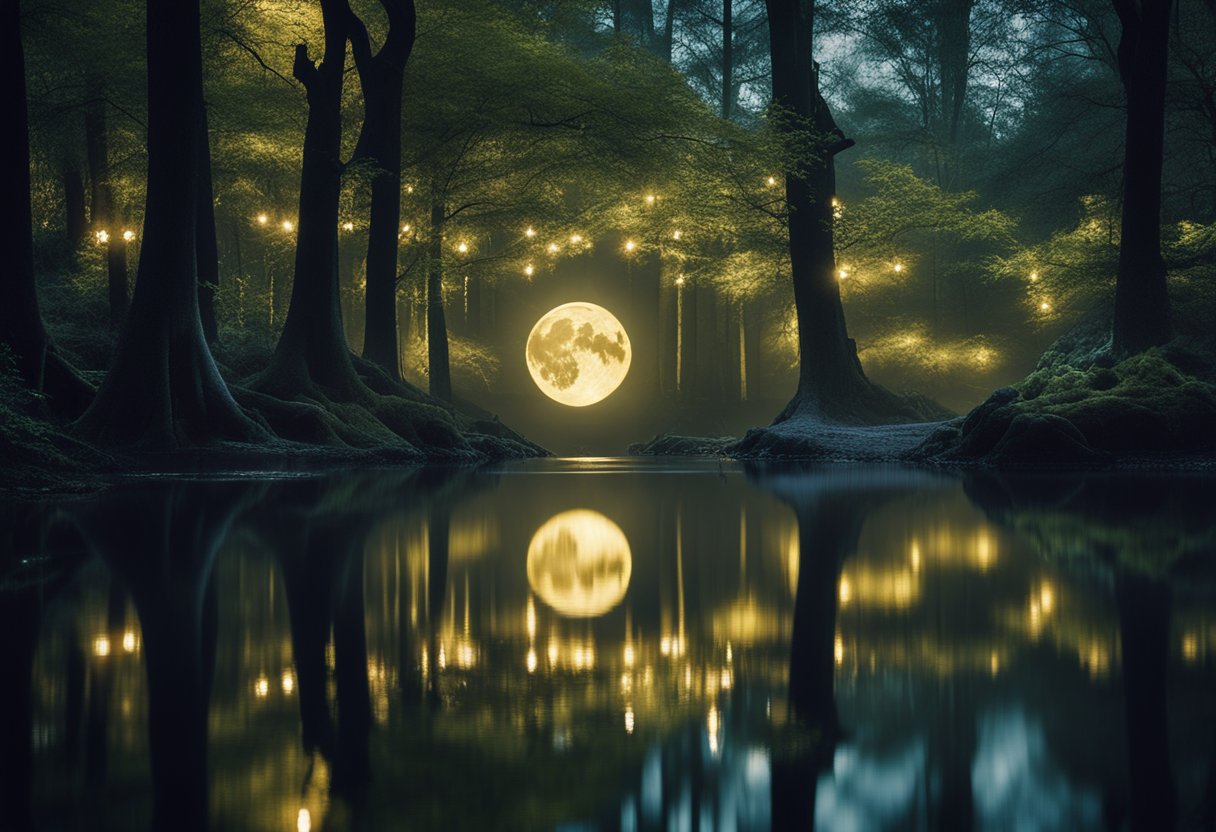
In this section, we are addressing the most common inquiries regarding the interplay of Irish folklore and contemporary cinema, focusing on how traditional stories are brought to life on screen and their significance in modern storytelling.
How have modern Irish filmmakers integrated traditional folklore into their works?
Contemporary Irish filmmakers artfully weave elements of folklore into their narratives, creating films that both honour the past and resonate with present-day audiences. By blending ancient motifs with modern storytelling techniques, they craft unique cinematic experiences that illuminate Ireland’s cultural lore.
What role does mythology play in shaping Irish national identity within the film?
Mythology serves as a cornerstone for representing and reflecting on Irish national identity through film. It offers a rich tapestry of themes and archetypes that filmmakers use to explore the complexities of Irish culture and history, reinforcing a sense of national pride and continuity.
Which Irish mythological figures are most frequently depicted in contemporary cinema?
Figures such as Cú Chulainn and Fionn Mac Cumhaill are among the mythological characters that frequently make appearances in films, symbolising the bravery and mystical heritage of Ireland. Their stories often provide a focal point for cinematic adaptations, inspiring new generations with their heroic deeds.
To what extent does contemporary Irish cinema contribute to the preservation of folklore?
Contemporary Irish cinema plays a vital role in the preservation of folklore by immortalising oral traditions on screen, thus reaching a broader audience. These cinematic renditions enable a sustainable transfer of cultural knowledge, ensuring that the stories of the old continue to be a part of our living heritage.
How is the authenticity of Irish folklore maintained when adapted for the screen?
The authenticity of Irish folklore in film adaptations is maintained through careful research and collaboration with scholars, storytellers, and cultural custodians. This ensures that the portrayal of myths is respectful of their origins and resonates with the authentic spirit of the lore.
What impact does retelling Irish folktales have on audiences today?
Retelling Irish folktales in cinema often leaves a profound impact on audiences, sparking curiosity and offering new perspectives on traditional stories. It heightens cultural awareness and fosters a connection between the past and present, demonstrating the timelessness and universal appeal of these ancient tales.


